|
|
Our image shows a BR Standard locomotive, number 77012, standing at Kettleness Station, pre 1959. Another station which has found a new lease of life – as a Scout Activity Centre – the coast line being closed in 1958 some 5 years before Dr Beeching. Usage was only heavy in the summer, whilst the tunnels and bridges were expensive to maintain. Duncan Sellers comments: “That station brings back memories for me of when I was in the Cubs and Scouts. Used to go down there quite often for camps initially and then for maintenance more latterly.”
Image courtesy of the Pem Holliday Collection and Maurice Grayson, particular thanks to Simon Chapman for pertinent information; thanks to Duncan Sellers for the memories.
A view of Hinderwell railway station, from a postcard believed to be by T. C. Booth. Hinderwell railway station originally opened with one platform in 1883, but a second platform was added in 1908 (due to Board of Trade regulations), this gives a date to this image of post 1908 as a second platform can be seen nearest the camera.
Image courtesy of the Pem Holiday Collection and Maurice Grayson.
Skinningrove Station – ironically at Carlin How! But who were the two people in the photograph? Sandy Wickenden advises: “My grandmama worked for her auntie Rosa who was wife of the station master at Skinningrove. He was apparently very proper!”
Image courtesy of Keith Bennison, thanks to Keith Wickenden for the update.
Easington railway station opened on 3rd December 1883 (as Easington) and was renamed Grinkle on 1st April 1904. This postcard image must have been taken shortly after the name change. The station closed in 1939, eight days after Britain declared war on Germany – start of World War II – and was situated before the railway line entered the tunnel under Grinkle Lane. It was accessible via a short lane from the Loftus Easington road. Easington railway station was built to a similar design to the stations of Staithes, Hinderwell and Kettleness
Image courtesy of Joyce Dobson & Keith Bowers.
Postmarked 1906, this postcard view of the railway station shows the roads with horse-drawn hackney cabs and pedestrians. How much quieter than the present junction. The prominent Statue of John Vaughan ’Iron Master’, was moved to Victoria Square in 1904. The overall arched roof being destroyed by the Luftwaffe during the Second World War. The corner of the lower floor area of the building; 8 Exchange Place was formerly Winterschladen’s Wine & Spirits shop. It presently operates as ”The Corner House” a cocktail bar and entertainment venue.
Image courtesy of Kim Whaley.
Whitby West Cliff Station – very quiet, possibly only two carriages on the train. An ex-LMS Fairburn 4MT 2-6-4T, not obviously in steam from this photo, but crewed up ready for the Saltburn leg of the trip. This is one of the few images of the West Cliff Station at Whitby the Archive has, can anybody assist?
Image courtesy of Maurice Grayson and thanks to Mark Thompson for update on guards van and locomotive.
Skinningrove Station, on Carlin How Bank; it was closer to Carlin How, seperated by the famous zig zag rail descent into Skinningrove village. A one platform station, it suffered badly from mining subsidence and had to be demolished.
Image courtesy of George Pearson.
Believed to be Staithes Station, although Kettleness station was built to an identical design, Can anyone verify this information.
Image courtesy of George Pearson.
Loftus Station on the last day of through passenger services to Scarborough on the Coast Line, May 1958.
Image courtesy of Alan Richardson
Kettleness Station with locomotive a Standard 2-6-4, Tank engine which is westbound to Loftus.
Image courtesy Maurice Grayson.
Page 2 of 6«12345...»Last »
|
|
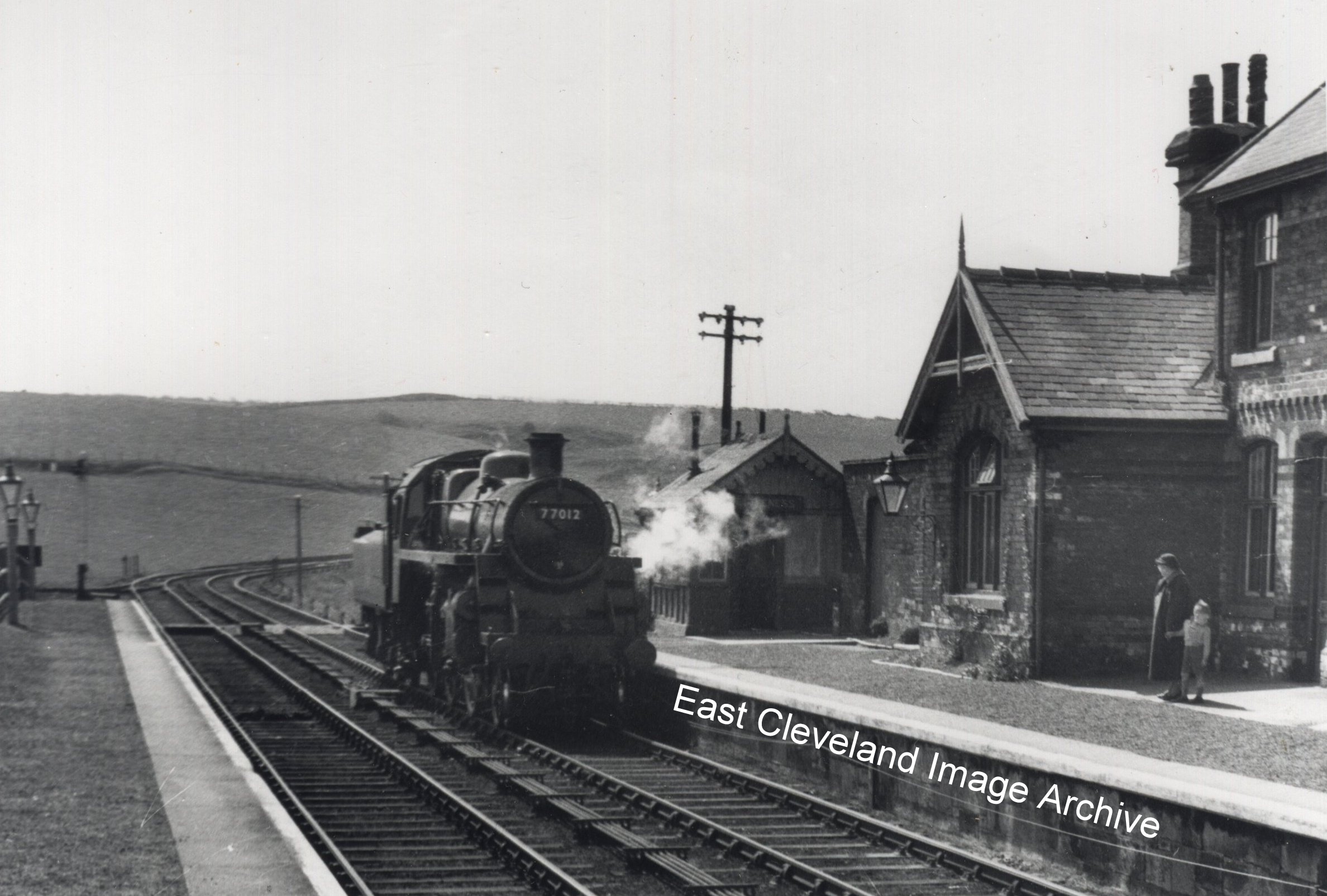
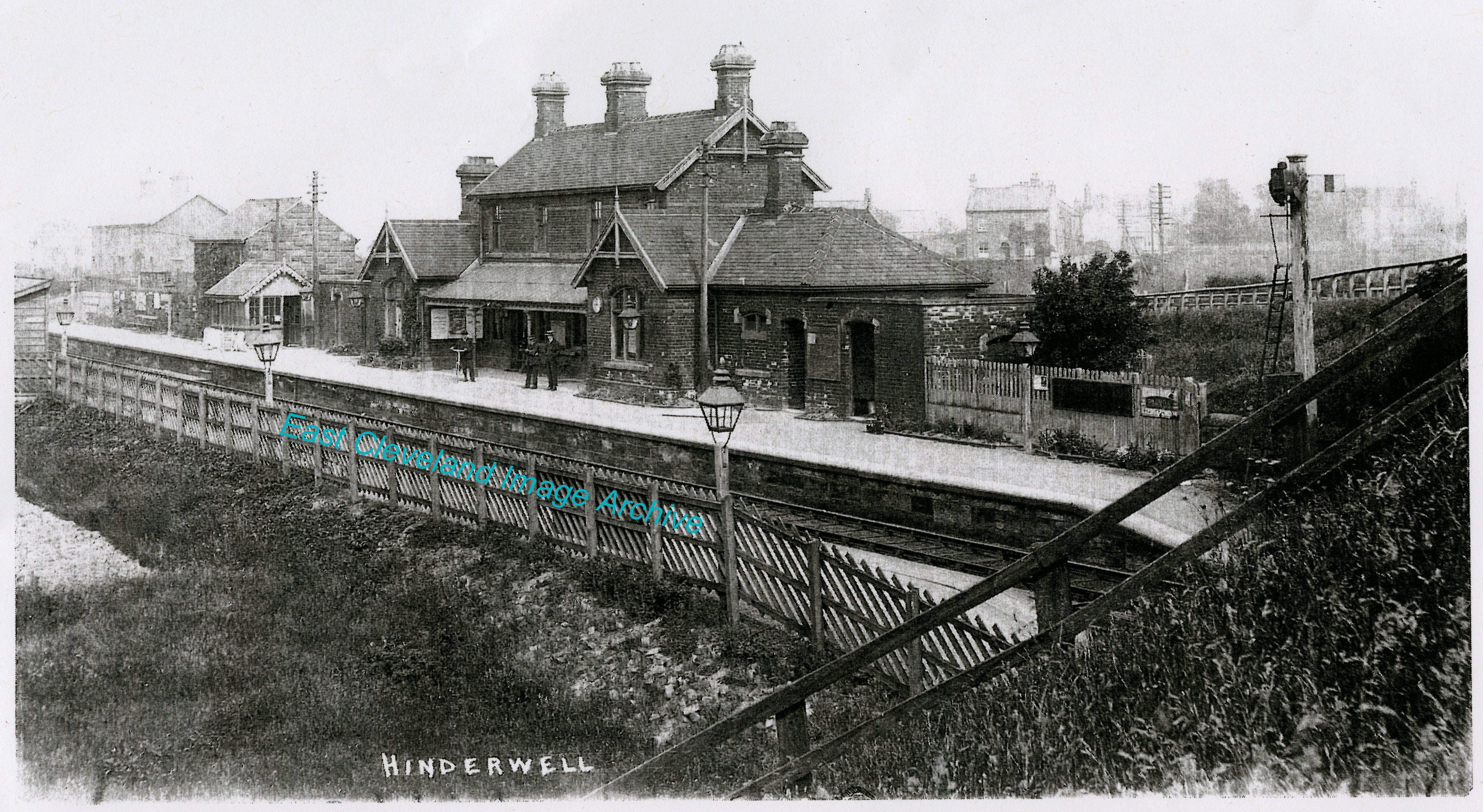
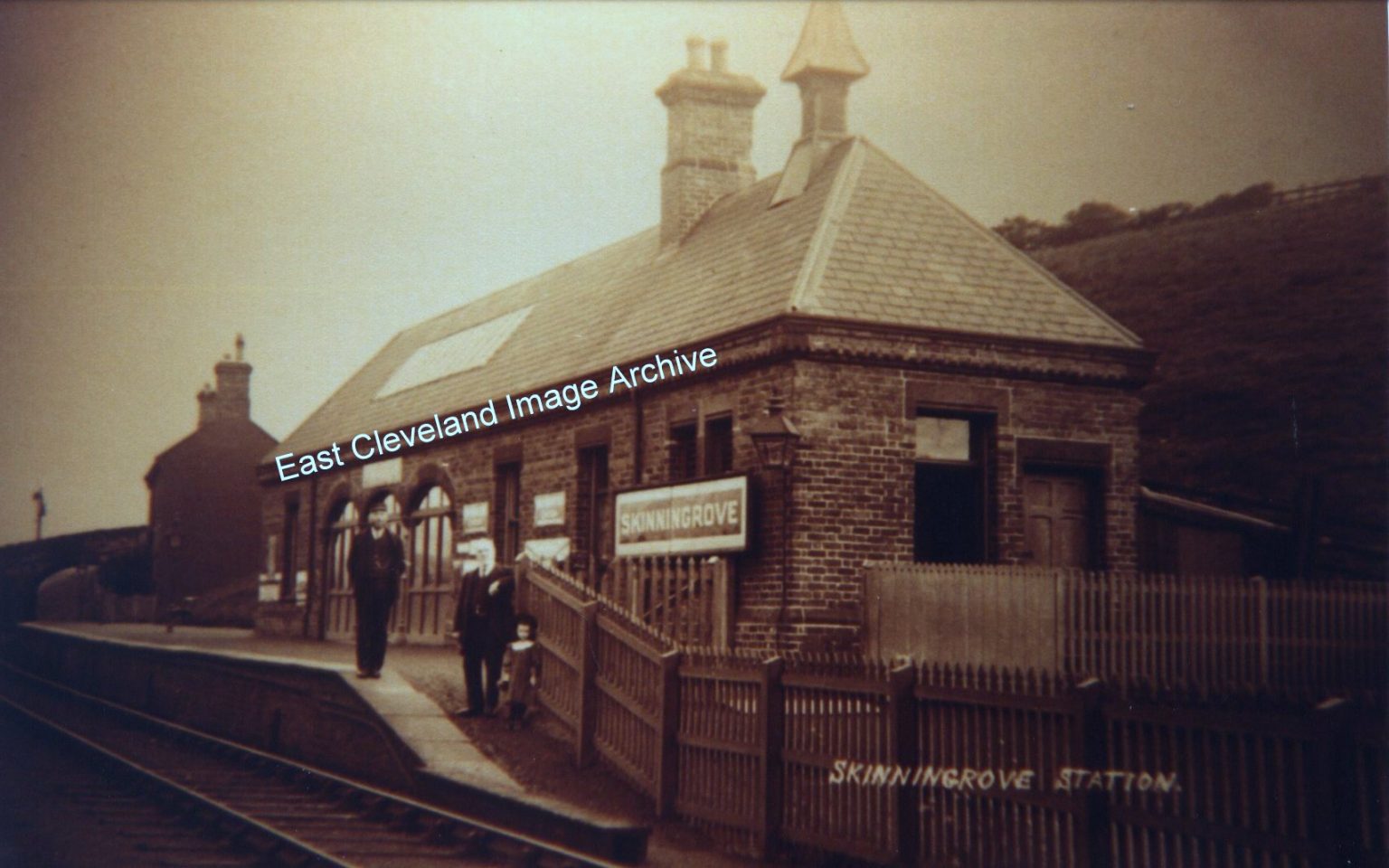
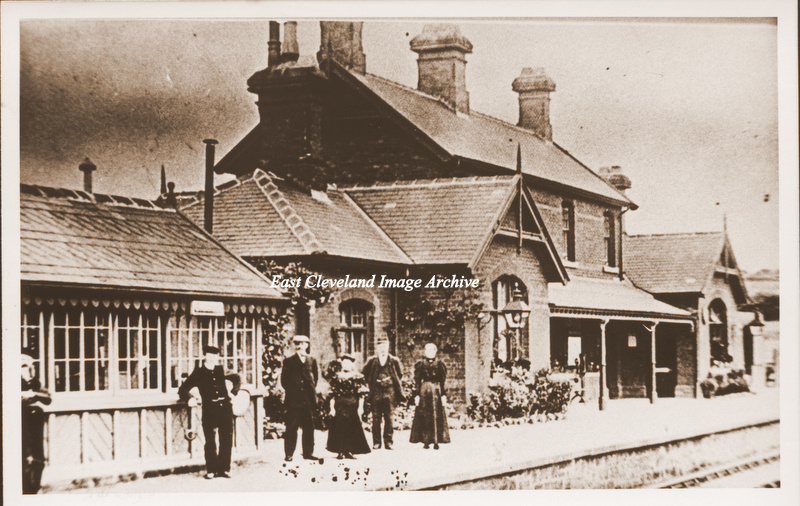
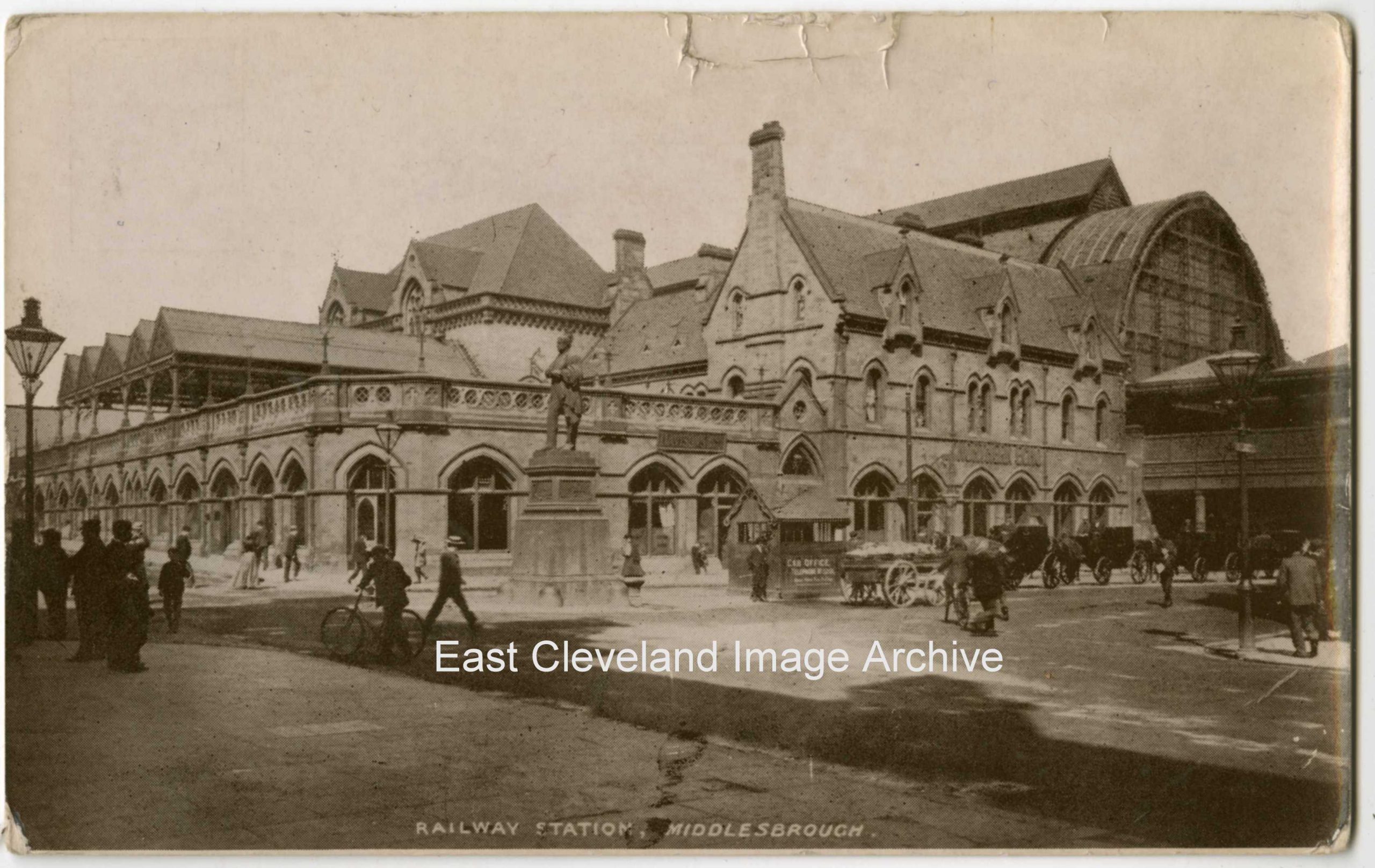
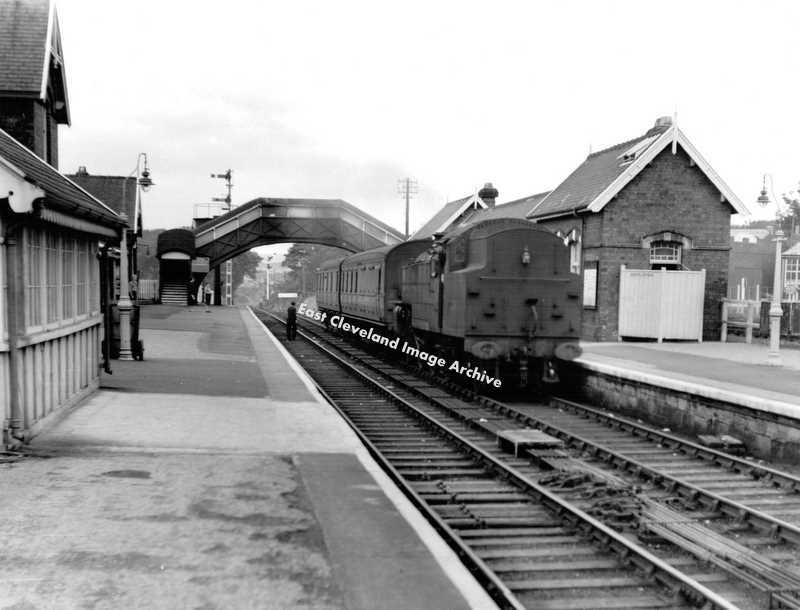
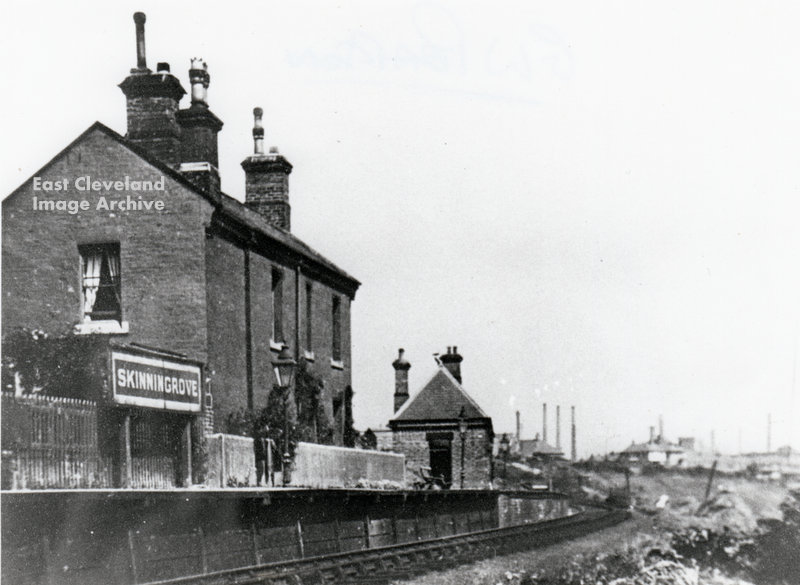
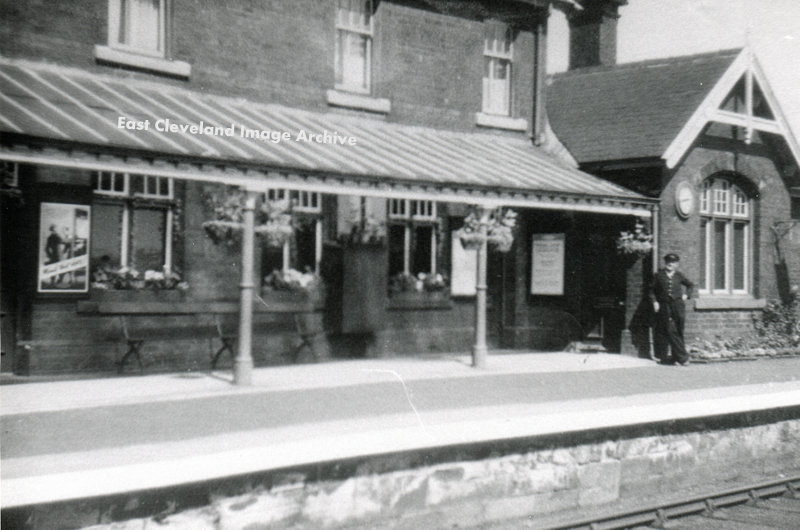
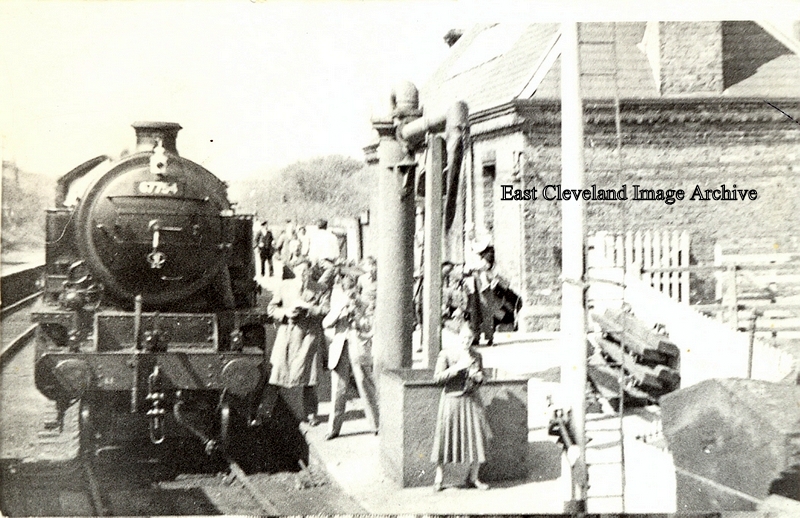
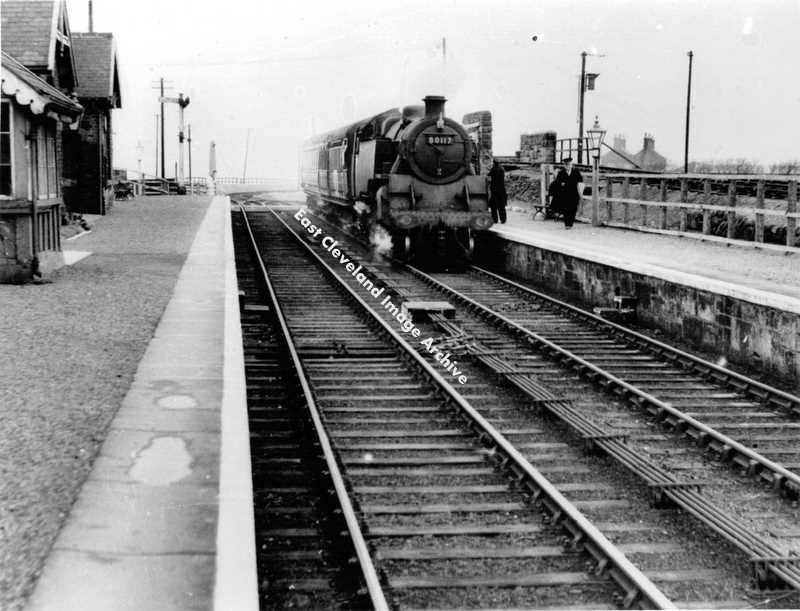
Recent Comments